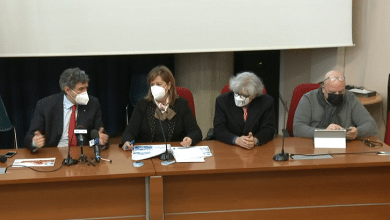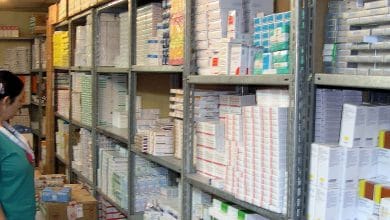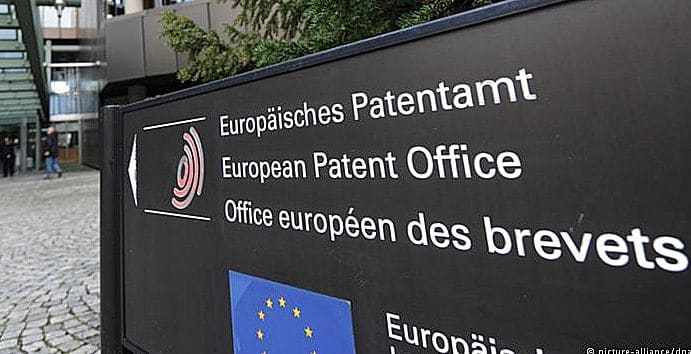
Innovazione farmaceutica e diritto: per la crescita del Paese servono norme certe e coerenti
Today more than ever it can be said that innovation and the intellectual property rights that protect and encourage it are the very heart of world development.
Probably the turning point of this evolution is represented by the TRIPs Agreement (Agreement on Trade Related Aspects of Intellectual Property Rights), adopted in Marrakech in 1994 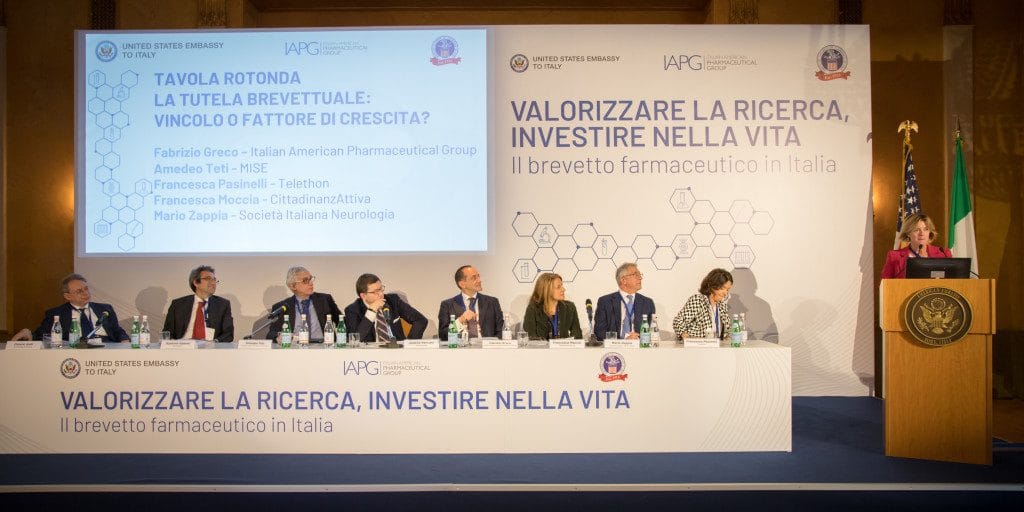 at the same time as the establishment of the World Trade Organization and with which the bloc of the economically more advanced countries at the time, led by the United States, made the liberalization of world trade conditional on compliance by all the countries adhering to the WTO with certain intellectual property rights protection standards: these rights are in fact the most important "added value" of our time and therefore a key element for the competitiveness of businesses.
at the same time as the establishment of the World Trade Organization and with which the bloc of the economically more advanced countries at the time, led by the United States, made the liberalization of world trade conditional on compliance by all the countries adhering to the WTO with certain intellectual property rights protection standards: these rights are in fact the most important "added value" of our time and therefore a key element for the competitiveness of businesses.
What makes the difference is the efficiency of this protection and the coherence of the institutions set up to protect intellectual property with the other provisions of the legal system, so as to give companies the possibility of valorise all the positive externalities deriving from the use of their rights, prohibiting all forms of free riding and parasitic exploitation of their investments. However, while under the first profile Italy is incredibly advanced, thanks to a system of specialized courts and special rules considered best practices at the European level, under the second, our country often suffers from a sort of normative schizophrenia: on the one hand, in fact, it proclaims its intention to encourage research and innovative businesses, on the other, words are contradicted by deeds.
Emblematic of this schizophrenia is the discipline of the so-called therapeutic equivalence, nata nell’ambito del diritto sanitario con l’obiettivo di favorire il contenimento della spesa sanitaria e che consente 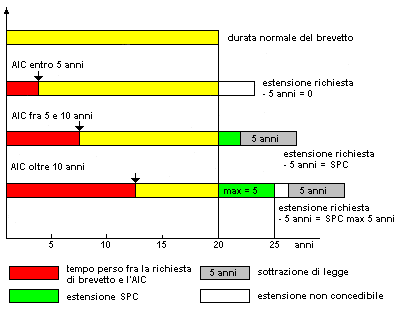 alle Regioni di mettere a gara in un unico lotto funzionale farmaci basati su principî attivi diversi, purché aventi le stesse indicazioni terapeutiche: senza rendersi conto che anche le norme relative alla spesa del SSN devono essere inquadrate nel contesto della ricerca farmaceutica e quindi rispettare i diritti esclusivi che da questa ricerca – spesso frutto di investimenti rilevantissimi – derivano.
alle Regioni di mettere a gara in un unico lotto funzionale farmaci basati su principî attivi diversi, purché aventi le stesse indicazioni terapeutiche: senza rendersi conto che anche le norme relative alla spesa del SSN devono essere inquadrate nel contesto della ricerca farmaceutica e quindi rispettare i diritti esclusivi che da questa ricerca – spesso frutto di investimenti rilevantissimi – derivano.
Upstream of the protection of a patent right there is in fact a research activity which in the pharmaceutical case, in particular, also includes all the subsequent activity that is between the patenting and the moment in which the product will be able to arrive on the market, which is not at all obvious that it will happen.
An approach to this matter that is effective in guaranteeing the patent protection that rightfully belongs to the innovator must therefore take into account the fact that the same technical problem can be solved in a plurality of different ways, giving rise to distinct inventions and patents and therefore different active ingredients, although indicated for the same pathology, cannot be placed on the same level: chi ha conseguito un nuovo farmaco o un nuovo procedimento che non rientra nell’ambito brevettuale non può infatti pretendere poi di far avere al suo prodotto la stessa collocazione insieme a quello coperto dall’altrui diritto tutelato nell’ambito della stessa valutazione di “equivalenza terapeutica”.
Therefore, the choice whether to prescribe one or the other must be left to the doctor alone, without it being possible to impose their substitutability except in the case of bioequivalence, which presupposes the identity of the active ingredient and as a rule also that of the method of administration. In this sense the logic of the patent system applied to the pharmaceutical sector converges in the results with the need to protect the safety of patients and the freedom of doctors, to whom the switches from one drug to another cannot be imposed, unless it appears that one can be indifferently taken in place of the other on the basis of adequate scientific/experimental support.
Only in this way is it possible to establish a balance between the interests of the various actors involved (the pharmaceutical patent holder, his competitors, public institutions, doctors and patients), consistent with a correct balancing of the various constitutional rights at stake and with the function that the protection of innovation in the pharmaceutical field must perform in the economic reality and in the "world of life".


